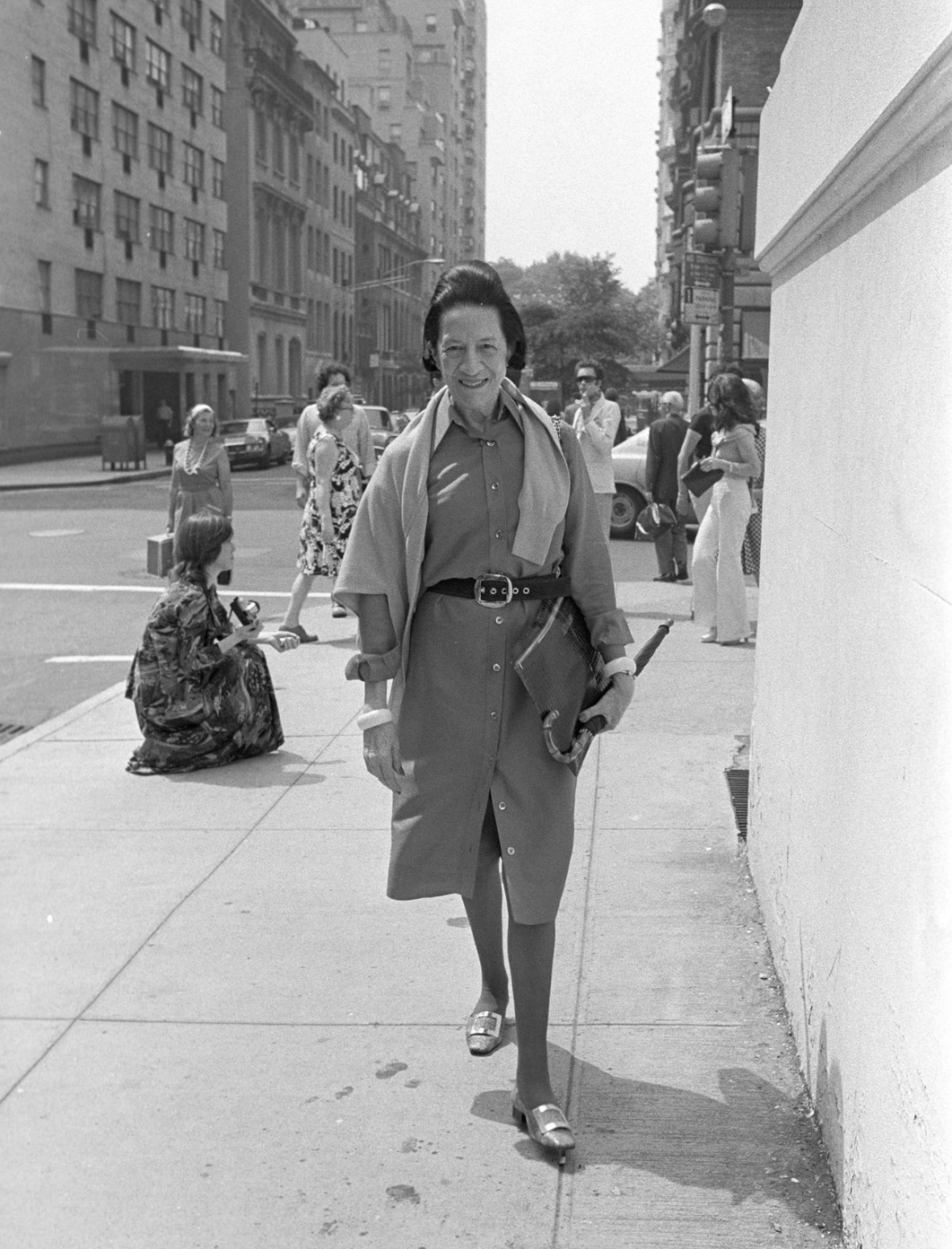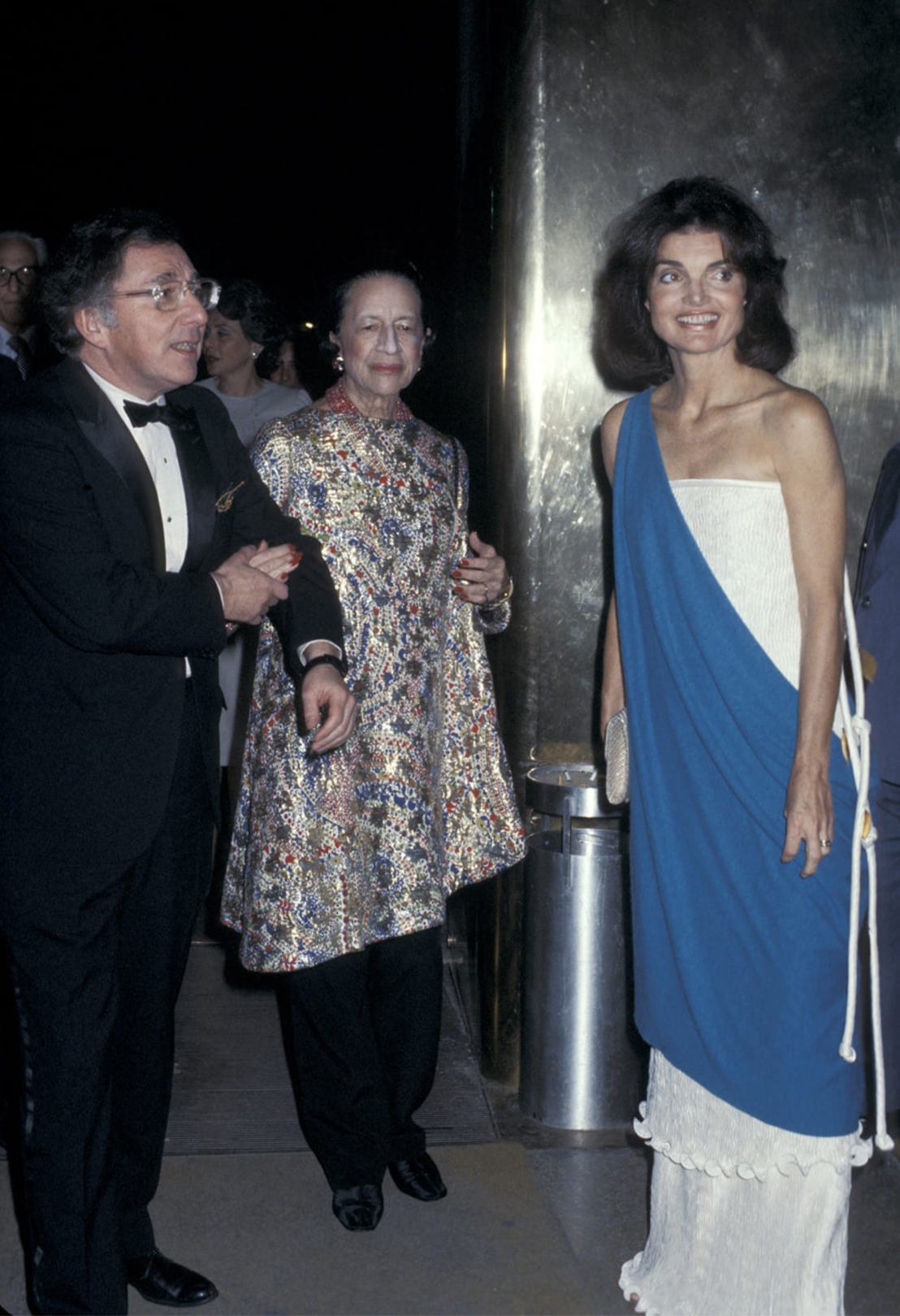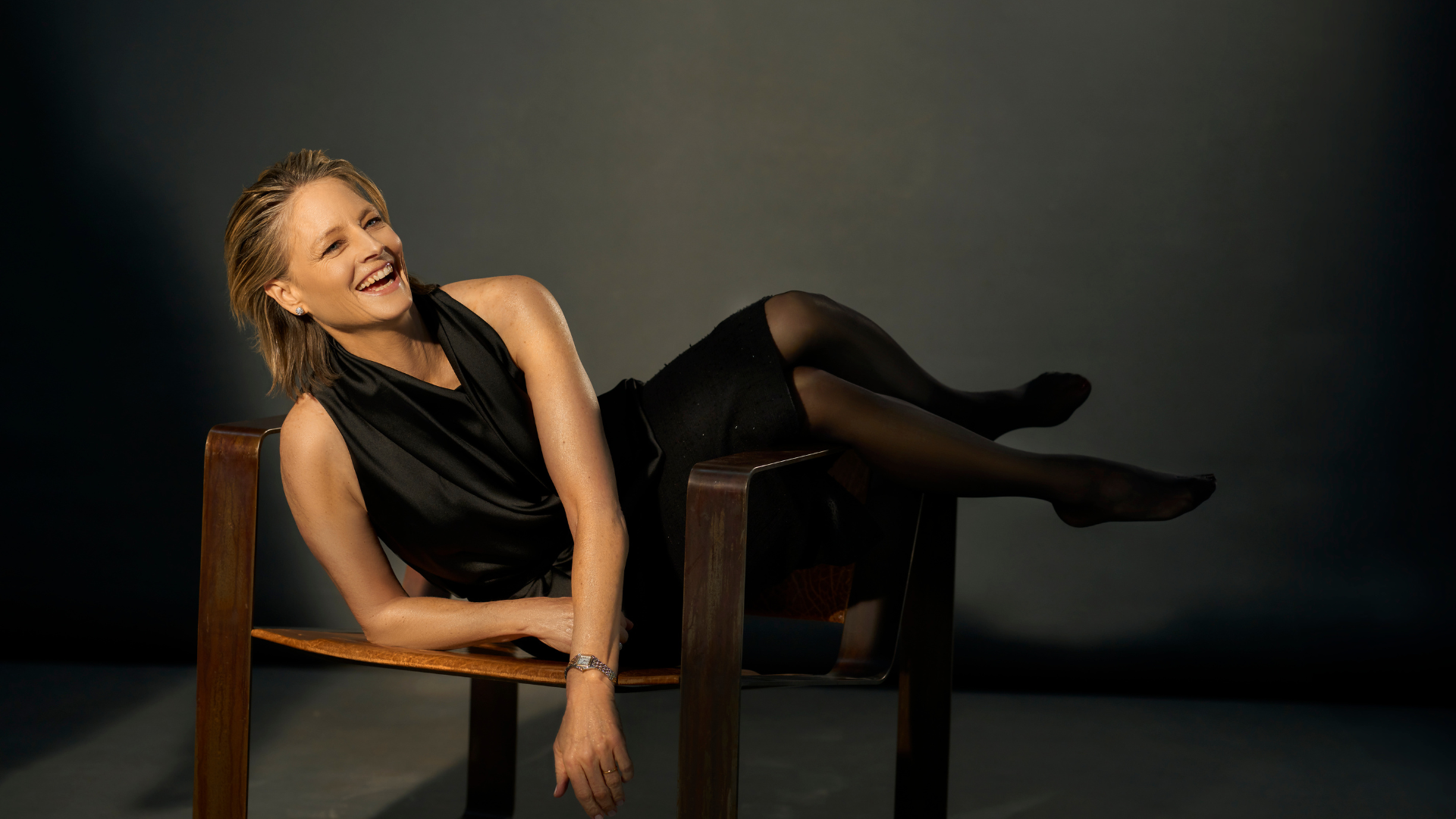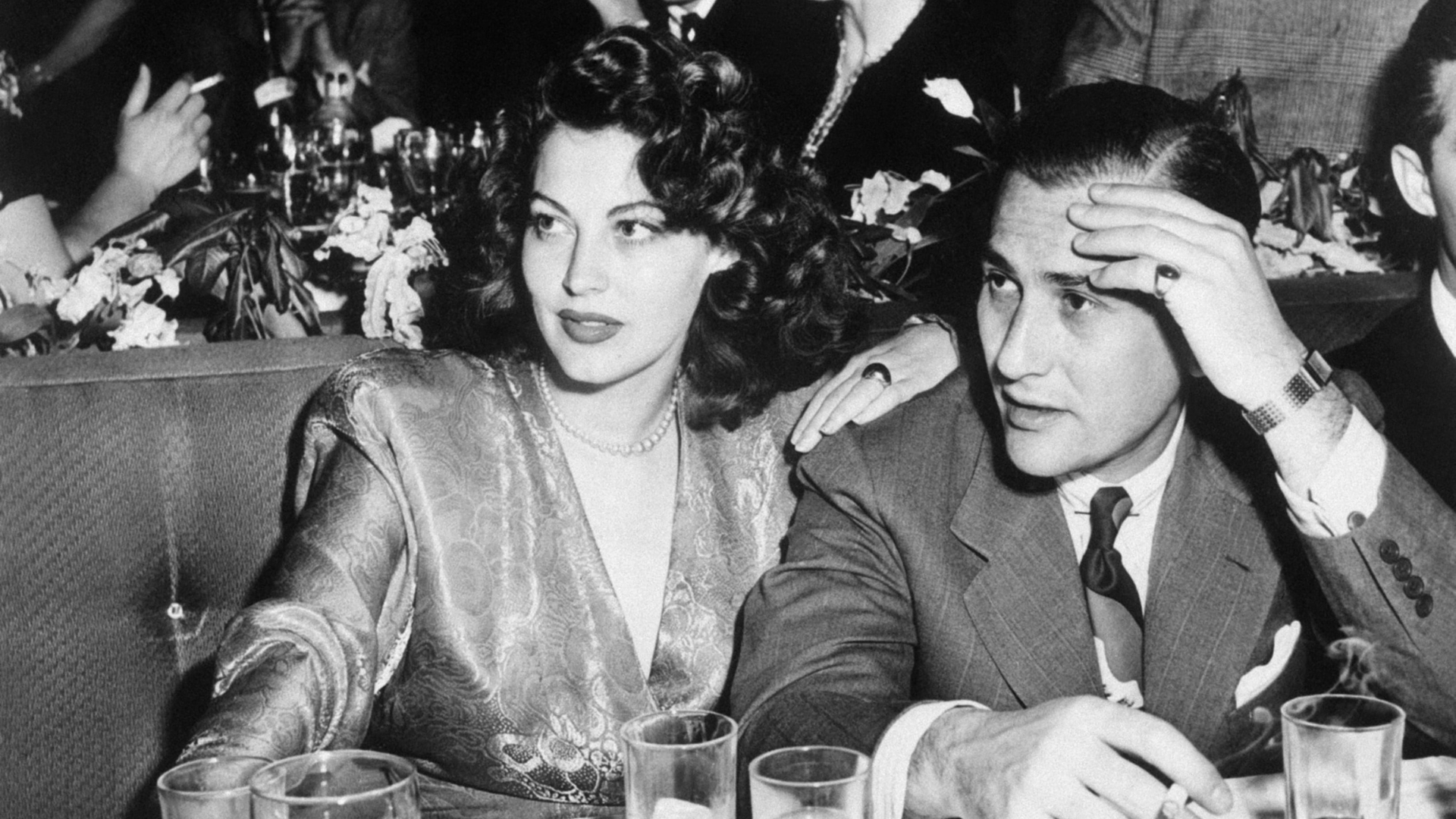The Land of The Vree
With a captivating mixture of myth, fantasy and control, the fashion editor Diana Vreeland revolutionised magazines. Not bad for an ‘ugly little monster’...

"Paint every door in a completely white house the colour of a different flower.” “Have an elk-hide trunk for the back of your car: Hermès of Paris will make this.” “Rinse your blond child’s hair in dead champagne, to keep its gold, as they do in France.” “Have a yellow satin bed entirely quilted in butterflies.”
These pearls of advice — flights of fancy, really — were dispensed in Diana Vreeland’s ‘Why Don’t You?’ columns in Harper’s Bazaar from the late 1930s, offering wealthy readers whimsical ways to make life even more charming, and more down-at-heel folk — this was the Great Depression era — brief windows of respite from the drudgery of day-to-day life. Were they meant to be taken seriously? Yes. Ostensibly. Possibly. Were they?
Yes and no, is the answer. Vreeland’s mastery of the fact-fiction dichotomy — a devotion to what might, paradoxically, be called ‘authentic fantasy’ — is the closest we have to an overarching explanation of her extraordinary life and career. She even coined (along with the words ‘pizzazz’ and ‘youthquake’) a portmanteau for it: ‘faction’.
You’d only have to meet Vreeland briefly, accounts from her peers suggest, to surmise that her now iconic nuggets of advice, dispensed early in her career, were meant with utter sincerity. Their being tongue-in-cheek would have meant faking eccentricity, and she despised fakeness and eccentricity (referring to the latter as “a word that boring people use to describe someone I think of as interesting”). It would have been anathema to her. Fiction? No. Faction, though, was another matter.


Most mortals didn’t have the pleasure of encountering Vreeland in person before her death in 1989 at the age of 85 — most mortals, after all, didn’t hobnob with Coco Chanel at Belle Époque Paris, with Andy Warhol at Studio 54, or with Jack Nicholson, Truman Capote, Marilyn Monroe and Elizabeth Taylor at various Hollywood soirées. But all those notables (like all the talking heads in the 2011 documentary Diana Vreeland: The Eye Has to Travel) would testify to her unbending aversion to dullness and artifice. You can see it today, encapsulated in a single photograph: Vreeland, taken in 1979, is reclining on a sofa in a boudoir created by the interior designer Billy Baldwin. (His brief? To make her Park Avenue living room “look like a garden, but a garden in hell”.) The photo’s composition takes in a visual cacophony of chintz, carpets, sofas, cushions and flowers, Persian flowers and crocheted Afghan blankets, all singing in chromatic harmony with Vreeland’s dress and snakeskin Roger Vivier boots, crimson-painted lips and rouged cheekbones, framed as usual by an elegant dyed-black Shakespearean mane (“Red is the great clarifier — bright and revealing,” she once said). Think Bowie’s The Man Who Sold The World cover reimagined by Martin Brudnizki. Her message was unequivocal: why resort to phoney peculiarity or silly pastiche when truth, exuberantly projected, can be so fantastical? Pure faction in action.
“I was going through money like one goes through... a bottle of scotch, I suppose, if you’re an alcoholic,” Vreeland recalled of the moment in spring 1936 when she got her big break. Following a spell in London selling silk undies to women including Wallis Simpson, now a young ballet-trained debutante, she was spotted by Harper’s Editor Carmel Snow wearing a laced Chanel dress on the roof of New York’s St. Regis hotel, and offered a columnist gig almost instantly despite her lack of relevant training.
Her throwaway scotch allusion isn’t the only indication that the cogs behind her creative canon were well oiled: a wholewheat bread sandwich filled with peanut butter (“The greatest invention since Christianity”) and marmalade, washed down with whisky and soda in Dixie cups, was her regular lunch fix.
But intoxication, were it a factor, never held her back, and neither did a self-professed tendency towards indolence. (“But Mrs. Snow,” she responded to that unexpected job offer, as recalled in her memoir, D.V., “I’ve never worked. I’ve never been in an office in my life. I’m never dressed until lunch.”)
As Fashion Editor at Harper’s Bazaar for 26 years, then as Editor-in-Chief of Vogue from 1963 until 1971, and finally — her third act — as a consultant to the Costume Institute of the MetropolitanMuseumofArt, she morphed from young upstart to fearless (and much-feared) iconoclast.
























Possibly fuelled by a complex relationship with her mother, the beautiful socialite Emily Hoffman Dalziel — “I was always her ugly little monster,” she once remarked — Vreeland alchemised what she perceived to be her physical disadvantages into her greatest strengths. (She gained confidence in her looks, she said, only when she married the Yale graduate banker who gave her the surname we know her by, T. Reed Vreeland, aged 21.) She channelled her personality quirks — drive, wilful idiosyncrasy, a tyrannical focus on detail (she had the soles of her shoes polished, and got her maid to iron her bank notes each morning ) — as stridently as she did her physical ones.
The result was a clarity of vision, channelled through her work with numerous photographers, most notably Richard Avedon. With Avedon, she immortalised faction on countless magazine pages, orchestrating photoshoots with society notables in her social orbit, such as Marella Agnelli, Gloria Vanderbilt and Jacqueline de Ribes. “I was furious today when I read [in] Newsweek [about] how everyone is wondering why we chose Harper’s Bazaar,” one subject who had reached the magazine’s pages via Avedon’s lens and under Vreeland’s direction subsequently wrote to her. “And they invent a million reasons and no one says the real one — which is you.” The sender? Jacqueline Kennedy, after she, her husband and four children were photographed at the family’s Palm Beach compound three weeks before J.F.K. moved into the White House. Vreeland went on to be the First Lady’s unofficial style guru: her brief, we can surmise, could be captured in a single word, beginning with ‘F’.










Photo Credits: Getty Images





